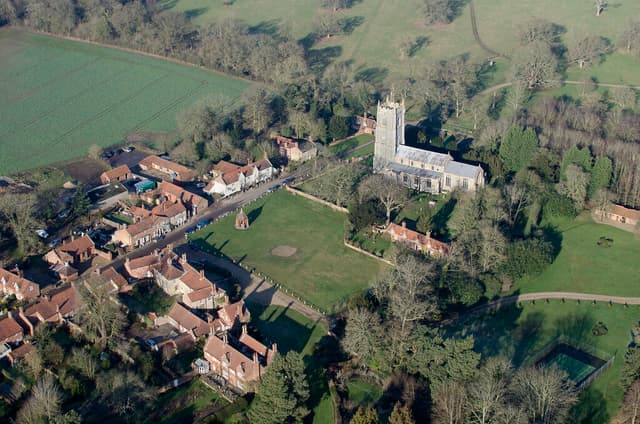Myths about teaching can hold you back
- Year 3
Light pollution (non-statutory)
I can explain what light pollution is and how it can affect living things.
- Year 3
Light pollution (non-statutory)
I can explain what light pollution is and how it can affect living things.
These resources will be removed by end of Summer Term 2025.
Switch to our new teaching resources now - designed by teachers and leading subject experts, and tested in classrooms.
These resources were created for remote use during the pandemic and are not designed for classroom teaching.
Lesson details
Key learning points
- Light pollution is the presence of too much or unnecessary light made by humans.
- Light pollution can disrupt human sleep and wildlife patterns.
- Urban areas with greater populations create more light pollution.
- Some rural areas in the UK are named ‘Dark Sky’ sites, where their light pollution is low.
- Some organisations are campaigning to tackle light pollution and improve the night sky for people and wildlife.
Keywords
Light pollution - Light pollution is unwanted human-made light that has a negative effect on the environment.
Urban - An urban area is an area where many people live and work close together such as a city or town.
Rural - Rural areas are found in the countryside. They are areas with fewer people and homes.
Population - The population of a place is all of the people living there.
Campaign - A campaign is a planned set of activities that people carry out in order to achieve something.
Common misconception
Pupils may not know that light pollution exists nor its impact on humans and other living things.
An explanation of light pollution and its potential negative effects on humans and other living things.
To help you plan your year 3 science lesson on: Light pollution (non-statutory), download all teaching resources for free and adapt to suit your pupils' needs...
To help you plan your year 3 science lesson on: Light pollution (non-statutory), download all teaching resources for free and adapt to suit your pupils' needs.
The starter quiz will activate and check your pupils' prior knowledge, with versions available both with and without answers in PDF format.
We use learning cycles to break down learning into key concepts or ideas linked to the learning outcome. Each learning cycle features explanations with checks for understanding and practice tasks with feedback. All of this is found in our slide decks, ready for you to download and edit. The practice tasks are also available as printable worksheets and some lessons have additional materials with extra material you might need for teaching the lesson.
The assessment exit quiz will test your pupils' understanding of the key learning points.
Our video is a tool for planning, showing how other teachers might teach the lesson, offering helpful tips, modelled explanations and inspiration for your own delivery in the classroom. Plus, you can set it as homework or revision for pupils and keep their learning on track by sharing an online pupil version of this lesson.
Explore more key stage 2 science lessons from the Introduction to light and shadows unit, dive into the full primary science curriculum, or learn more about lesson planning.

Equipment
None required.
Licence
Prior knowledge starter quiz
6 Questions
Q1.Something that produces its own light is called a light {}.
Q2.Which of these is a natural light source?
Q3.Which of these is a human-made light source?
Q4.{} means without light.
Q5.Animals that sleep during the day and are awake during the night are called {}.
Q6.Which of these statements is true?
Assessment exit quiz
6 Questions
Q1.The presence of too much human-made light at night is called ...
Q2.Light pollution can interrupt human .
Q3.Which of these images shows an urban area, where a greater population will create more light pollution?



Q4.Which of these images shows a rural area?





